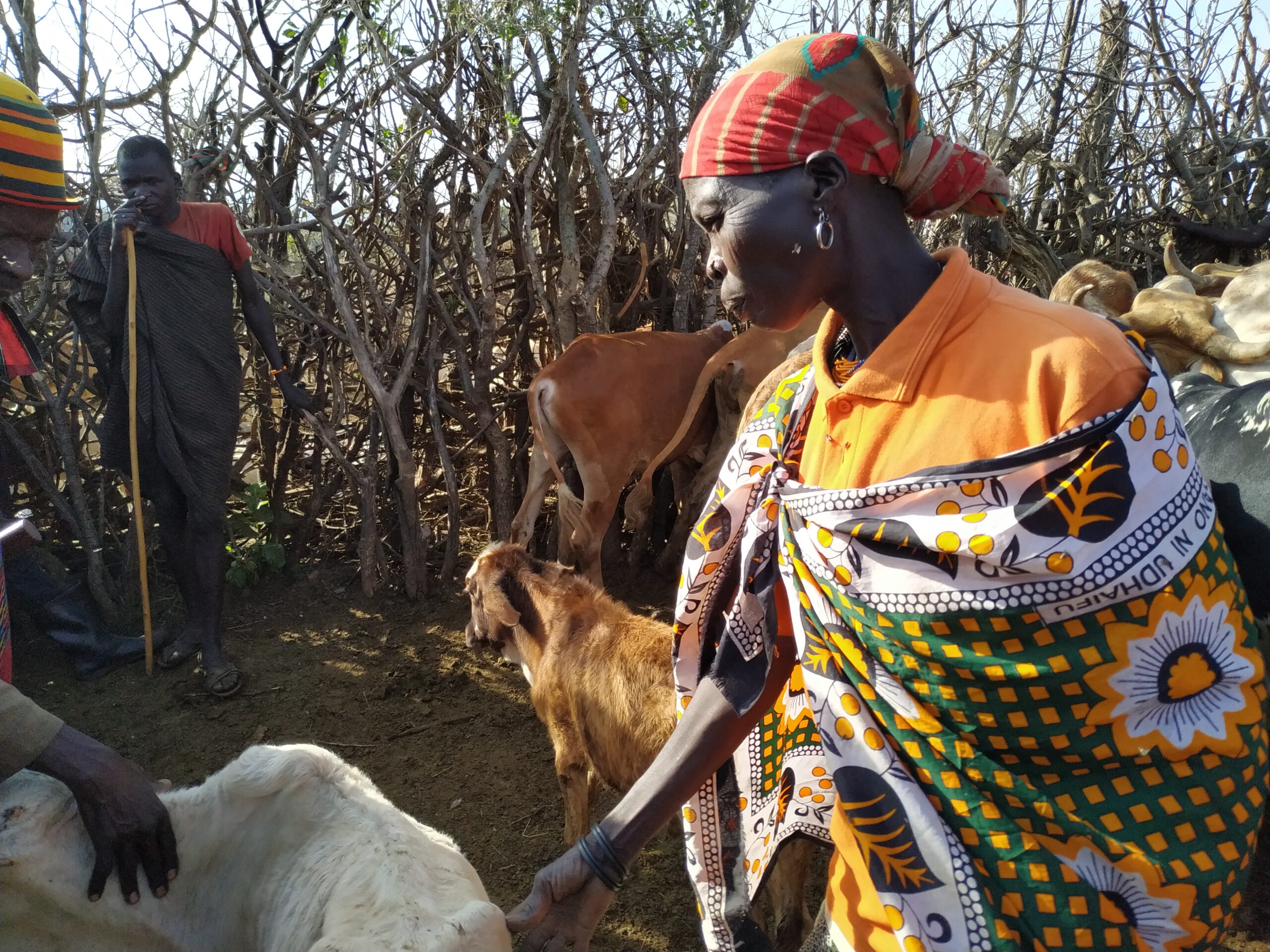Herding is an ancient way of moving with livestock through landscapes.
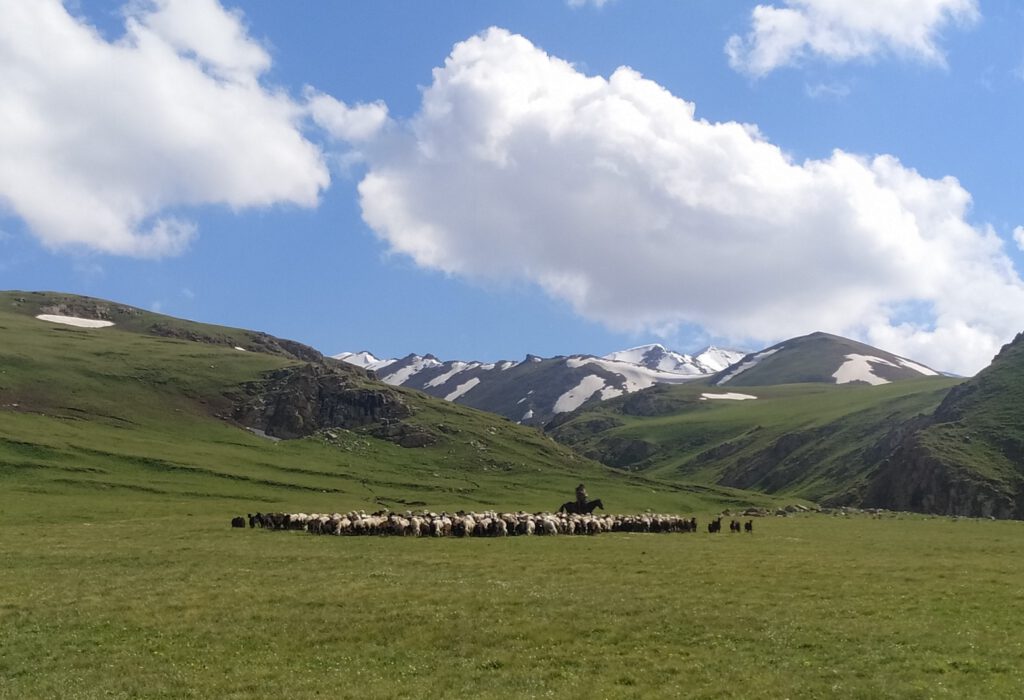
Herding is practiced throughout the world by indigenous peoples and other communities, especially where crops and plant food cannot be grown.
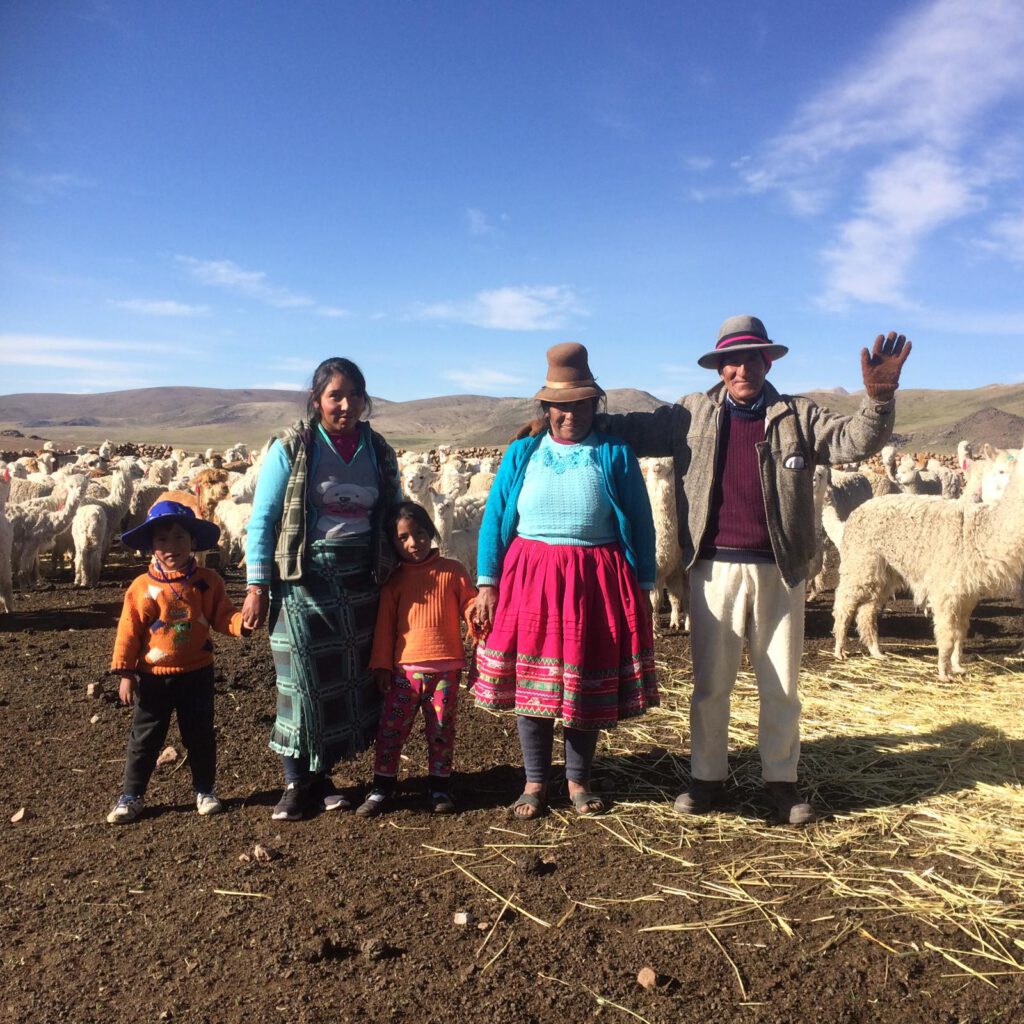
Herding is not restricted to the Global South or developing countries. It is an important part of European cultural heritage and is increasingly recognized for its positive impact on the environment.
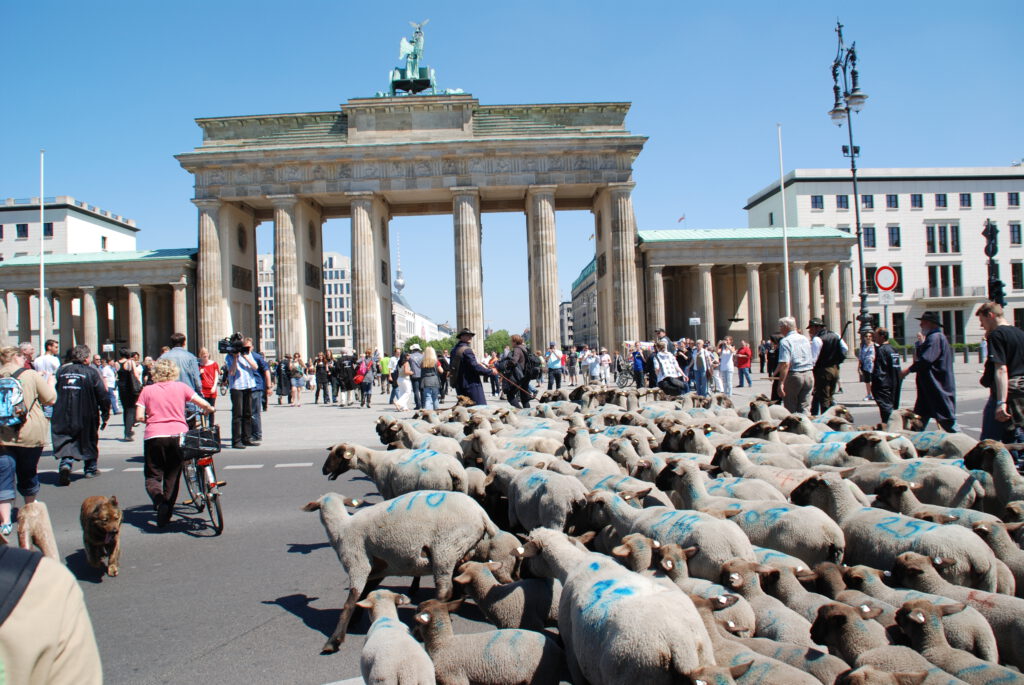
Herding requires a close relationship and excellent communication between people and animals.
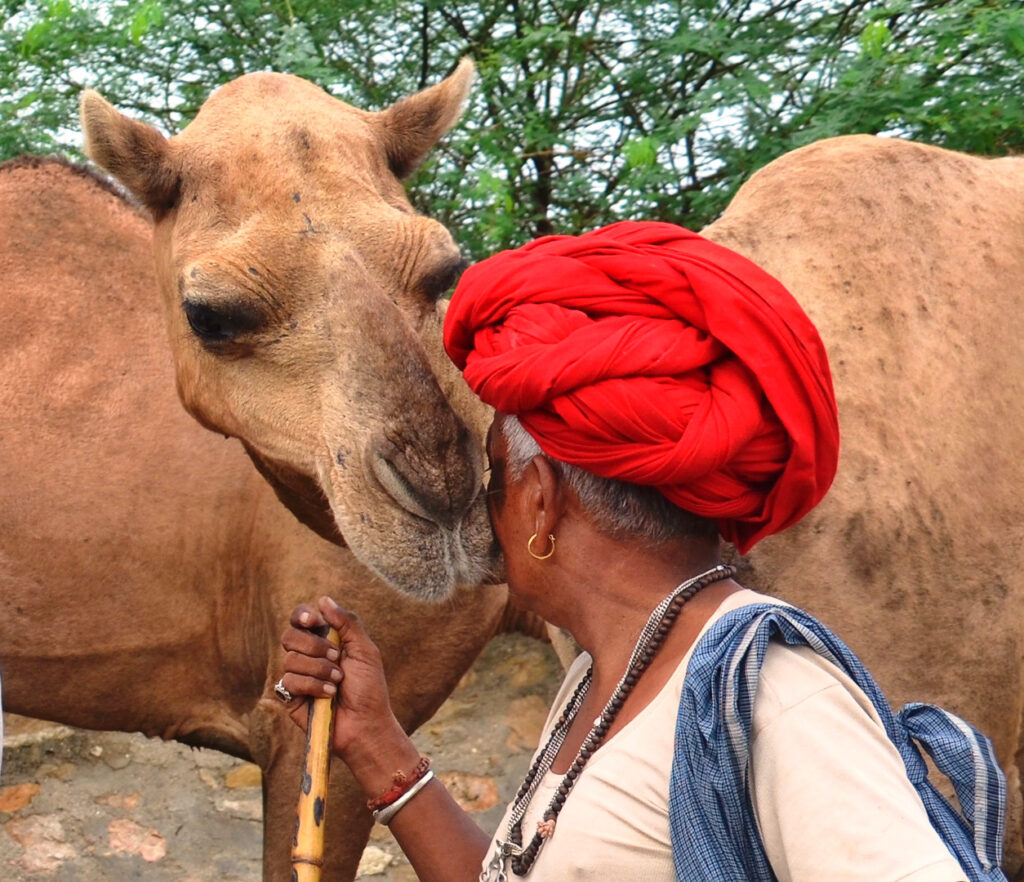
Herding is a solar-powered way of food production that has a low carbon foot print, if any, and can also restore the land.
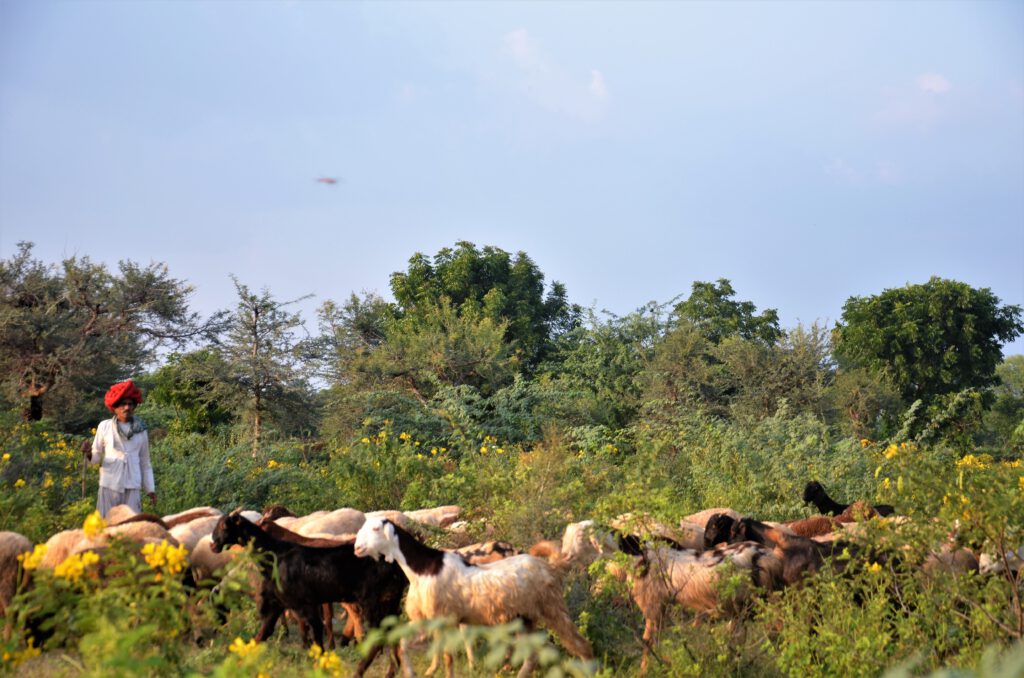
Herding it is a way of producing food within planetary boundaries; it conserves biodiversity while also providing human nutrition.
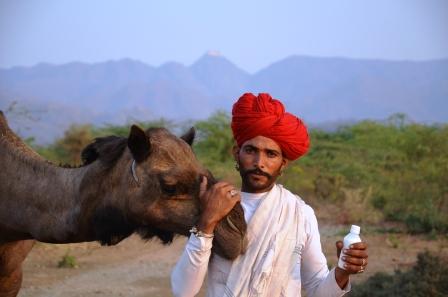
Herding is a #cruelty-free way of keeping livestock and its products are an ethical alternative to purely plant based diets.
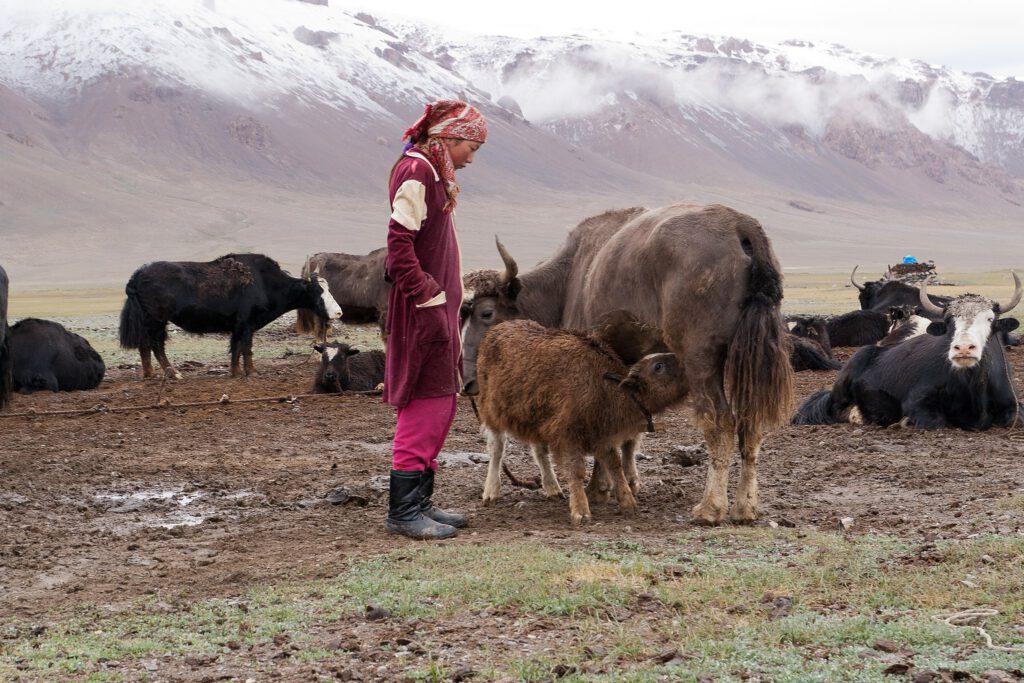
Herding deposits organic fertilizer directly on the field.
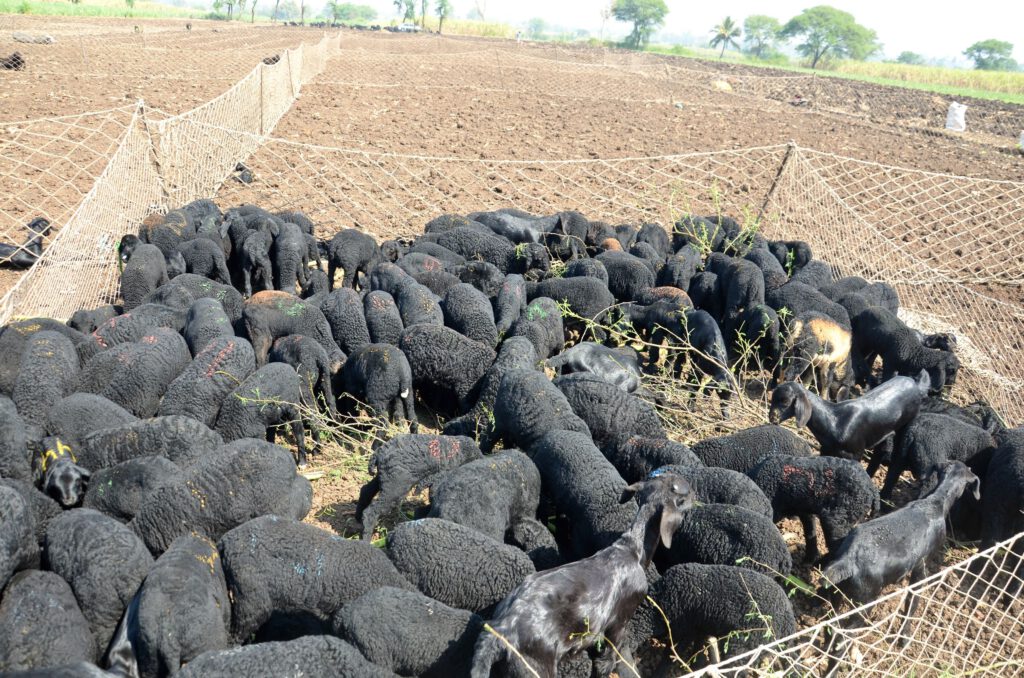
Photo courtesy of Ilse Köhler-Rollefson

League for Pastoral Peoples and Endogenous Livestock Development (LPP)
Pragelatostr. 20
64372 Ober-Ramstadt
Germany
